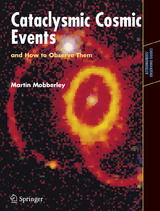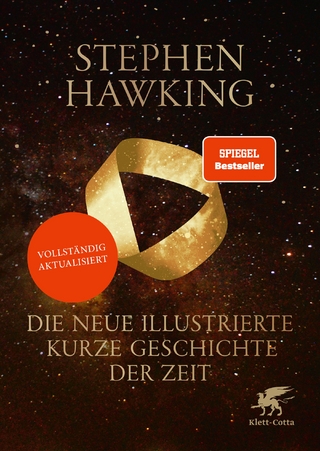Cataclysmic Cosmic Events and How to Observe Them
Springer-Verlag New York Inc.
978-0-387-79945-2 (ISBN)
In the Victorian era – or for non-British readers, the mid-to-late nineteenth century – amateur astronomy tended to center on Solar System objects. The Moon and planets, as well as bright comets, were the key objects of interest. The brighter variable stars were monitored, but photography was in its infancy and digital imaging lay a century in the future. Today, at the start of the twenty-first century, amateurs are better equipped than any professionals of the mid-twentieth century, let alone the nineteenth. An amateur equipped with a 30-cm telescope and a CCD camera can easily image objects below magnitude 20 and, from very dark sites, 22 or 23. Such limits would have been within the realm of the 100- and 200-inch reflectors on Mount Wilson and Mount Palomar in the 1950s, but no other observatories. However, even those telescopes took hours to reach such limits, and then the photographic plates had to be developed, fixed, and examined by eye. In the modern era digital images can be obtained in minutes and analyzed ‘on the fly’ while more images are being downloaded. Developments can be e-mailed to other interested amateurs in real time, during an observing session, so that when a cataclysmic event takes place amateurs worldwide know about it. As recently as the 1980s, even professional astronomers could only dream of such instantaneous communication and proc- sing ability.
Martin Mobberley has a BSc Honours degree in Electronic Engineering from Brunel University, and is a former British Astronomical Association President and Goodacre Medallist. He a prolific writer, and is the author of Astronomical Equipment for Amateurs (Springer, 1998) and The New Amateur Astronomer (Springer, 2004); Lunar & Planetary Webcam User’s Guide (Springer, 2006); Supernovae and How to Observe them (NYP), and Total Eclipses and How to Observe them (NYP). He has contributed chapters to three other Springer Practical Astronomy Series Books. He has published many papers in Astronomy Now, The Journal of the British Astronomical Association, The Astronomer, and Sky & Telescope.
Cataclysmic Variables.- Novae and Recurrent Novae.- Solar Flares, Giant Prominences, and Flare Stars.- Bright Supernovae and Hypernovae.- Active Galaxies.- Gamma Ray Bursters.- How to Do Visual and CCD Photometry.
| Reihe/Serie | Astronomers' Observing Guides |
|---|---|
| Zusatzinfo | 100 Illustrations, black and white; XVI, 240 p. 100 illus. |
| Verlagsort | New York, NY |
| Sprache | englisch |
| Themenwelt | Sachbuch/Ratgeber ► Natur / Technik ► Weltraum / Astronomie |
| Naturwissenschaften ► Physik / Astronomie ► Astronomie / Astrophysik | |
| ISBN-10 | 0-387-79945-1 / 0387799451 |
| ISBN-13 | 978-0-387-79945-2 / 9780387799452 |
| Zustand | Neuware |
| Informationen gemäß Produktsicherheitsverordnung (GPSR) | |
| Haben Sie eine Frage zum Produkt? |
aus dem Bereich




